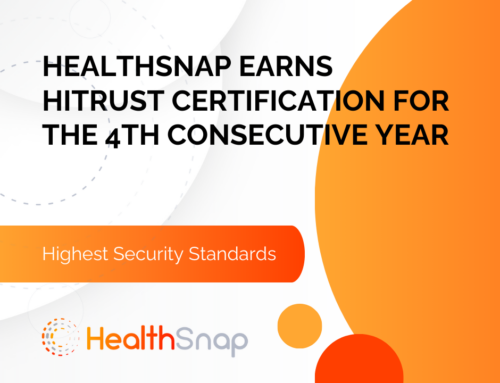For much of the first half of the 20th century, the vast majority of medical care took place in the home. Annual preventative checkups were rare but, for a reasonable fee, a physician could be summoned to visit a sick patient in their own residence. A hundred years later, doctoring looks radically different. Whereas a doctor in 1918 might spend nearly all of their time on the road, physicians today work in hospitals, ambulatory centers or clinics. Patients travel to the doctor for appointments or checkups, with telemedicine sometimes (but not always) serving geographically isolated patients who can no longer rely on an affordable country doctor to come to them.
A hundred years later, patients and their maladies also look different. Infectious diseases like influenza and tuberculosis have been significantly curtailed thanks to vaccines and other public health innovations, replaced on the list of top causes of death by chronic “lifestyle” illnesses like cardiovascular disease and various forms of cancer. Unlike infectious diseases that often either subsided or killed their patients in weeks or even days, today patients often live many decades while managing their chronic diseases.
A patient suffering from stage two hypertension, for example, might first be diagnosed with elevated blood pressure, and then stage one hypertension before finally progressing to the more serious stage two diagnosis. This progression could take years and, if the patient is fortunate, changes in diet, physical activity or smoking status might slow or even reverse the patient’s diagnosis.
Looking back, it’s difficult to imagine a hypertensive patient being well-served with home visits by the traveling doctor—a patient likely wouldn’t know to call a doctor until the symptoms were so severe that it would be too late for preventative measures; and scheduling regular, preventative checkups was prohibitively expensive for most families (even before skyrocketing medical fees that came later in the 20th century).
We also know that many chronic disease patients aren’t well-served by the modern modality of delivering facility-based care—even patients with strong risk factors for chronic diseases like high BMI, a sedentary lifestyle and high alcohol consumption only see their doctor once a year for their annual checkup. In many ways, America’s skyrocketing prevalence of cardiovascular diseases, cancer and diabetes reflects a healthcare system that attempts to treat diseases that require 365 days of treatment a year in just one day!
Adding 364 Days to the Standard of Care
Bridging that 364-day gap in the continuum of chronic disease care might be the most pressing medical challenge America faces in 2018. An entire industry, the consumer wellness industry, has developed over the last decade to address the need to monitor and change behaviors that increase the risk or severity of chronic diseases. Consumers are now able to gain daily insight into their physical activity, heart rate and other biometrics using a variety of connected devices. While niche brands like FitBit and iHealth were early innovators, major tech companies like Apple, Samsung and Garmin now compete for consumer and patient market share.
In parallel with connected health devices, many of which offer medical-grade biometric monitoring, manufacturers have also begun investing in companion apps with proprietary algorithms that can aggregate various types of data to present the user with a more accurate and complete overview of their health. Where patients once glanced at their charts, trying to decipher unfamiliar metrics and sloppy handwriting, patients today have access to consumer-friendly dashboards that present their data in a way that is easy to understand and interpret. Never before have so many patients had access to their own medical data in such an actionable way!
Conspicuously absent from this new consumer wellness industry, though, are the healthcare providers. While many consumer-facing wellness tech companies are now providing clinical portals that link providers with patients, these portals are almost always specific to a single brand of devices. Lack of standardization also causes problems—how many steps should a patient be prescribed when Apple and Fitbit use a different algorithm to count steps?
Digital and connected health is the future of chronic disease care and management, but there are still major hurdles. Consumer technology must continue to work with the medical industry to ensure that devices provide reliable readings and algorithms reflect the accepted standards of medical practice. The healthcare industry must learn from the consumer technology industry and design solutions that are patient-centered so that patients leave their annual visit empowered to make the changes during the next 364 days that might very well save their lives. And both the consumer and healthcare industries must work together to establish standards so that providers can view and monitor patient-generated health data regardless of the brand of device the patient chooses to use.
Help your patients understand how their lifestyle impacts their health by encouraging them to use our data-driven lifestyle management platform. With HealthSnap, you can easily view and understand your patient’s lifestyle health in a tangible report and make data-driven care decisions based on lifestyle data. Sign up for a FREE trial today by clicking here and make the lifestyle conversation easy!






